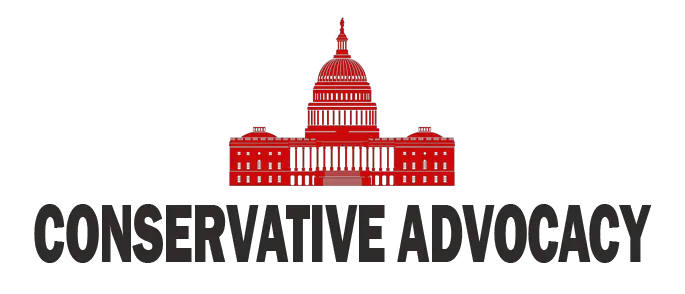As college students prepare to head back to their classrooms, the anticipation is palpable—along with a sprinkle of apprehension, particularly among those hoping to dodge the kind of disruptive protests that marred campuses last semester. New York Governor Kathy Hochul is taking steps to combat this issue with a new law that mandates all colleges and universities in the state to appoint a Title VI Anti-Discrimination Coordinator within the next year. This coordinator will be responsible for investigating complaints and providing training, reminiscent of teams established to tackle gender bias. One can only hope these measures will have the desired effect.
Speaking of complaints, House Republicans have turned their attention to several universities, including UCLA and UCSF, following reports that these institutions did not adequately address anti-Semitism on their campuses last semester. It appears that the Trump administration’s commitment to hold colleges accountable is gaining traction. As part of this ongoing effort, a hefty $500 million demand has been directed at Harvard—an institution that has become a focal point in the discussion around addressing anti-Semitic behavior and campus protests.
It has been stated in various discussions that this wave of regulations isn’t just about the here and now; it’s about the trajectory of how colleges handle these issues moving forward. Observers note that anti-Semitism is a symptom of larger problems within the educational system. Some attribute this rising tide to a form of indoctrination that begins well before students even set foot on college campuses. The sentiments echoed indicate that much of this behavior stems from the narratives fostered in K-12 education, which many argue creates an environment of division by categorizing people as oppressors or the oppressed without acknowledging the complexities of history.
Furthermore, the link between K-12 education and heightened anti-Semitic sentiments is becoming a focal point of debate. A prominent figure in this discussion highlights that such ideologies are being cultivated in younger generations by mixing various groups into a coalition aimed at deconstructing what they perceive as oppressive systems in Western societies. This ideological battleground has moved beyond historical study and into the realm of social media, where foreign actors and domestic influencers alike can engage in sowing discord. It seems that parents must now step up and keep a closer eye on what their children are being taught—a challenging task in today’s fast-paced digital world.
As these measures unfold, the impact of Trump-era policies continues to cast a long shadow over the college landscape. There’s a palpable hope that these new protocols will help universities to honor their commitments to a discrimination-free environment. Yet, the real test will be whether colleges can rise to the occasion or risk further governmental scrutiny and backlash. For students and parents alike, the desire for a secure and respectful educational atmosphere remains paramount. The stakes couldn’t be higher, and as the semester kicks off, all eyes will be watching how these changes play out in real-time. It’s a mighty tug-of-war over the future of education, free speech, and the very fabric of American values.




